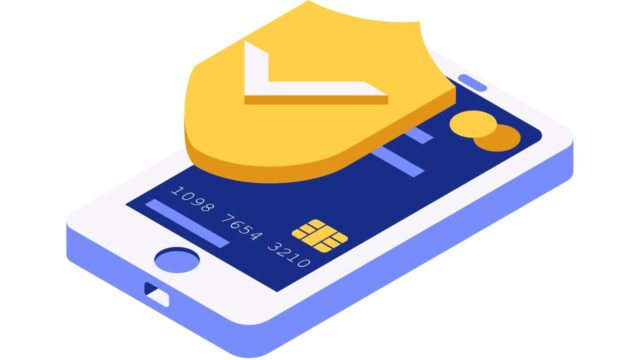
What is Lockbox Banking
Lockbox banking is a type of banking service typically used by businesses to speed up the receipt of payments. With lockbox banking, businesses send their payments to a post office box that is managed by a bank. The bank then processes the payments and deposits them into the business’s account. This can save businesses both time and money by reducing the need to process payments themselves. In addition, lockbox banking can help to improve cash flow by making it easier for businesses to receive payments in a timely manner. For these reasons, lockbox banking is an important tool for businesses of all sizes.
How Lockbox Banking works
When you have a lockbox, your customers send their payments to a post office box that’s under your control. A bank employee picks up the mail from the post office box and brings it back to the bank. The bank then opens the envelopes, processes the checks, and deposits the money into your account. This process can speed up collections because the money doesn’t have to go through the mail. And it can help reduce accounting errors because the bank employees are trained to handle checks correctly. If you’re interested in using lockbox banking, talk to your banker to see if it’s right for your business.
Benefits of Lockbox Banking
Security is one of the main advantages of lockbox banking. By depositing payments into a lockbox account, businesses can be sure that their funds are safe and secure. The funds are also protected from fraud and embezzlement, as they are not accessible to employees or other unauthorized individuals. In addition, lockbox banking can help businesses to avoid bounced checks and late payment fees.
Another benefit of lockbox banking is that it can help businesses to save time and money on accounting and administrative costs. When payments are processed through a lockbox account, businesses can avoid the hassle of preparing and mailing invoices. They can also save money on check-processing fees. Furthermore, businesses can take advantage of electronic reporting features offered by some banks, which can help to streamline accounting and bookkeeping processes.
Drawbacks of Lockbox Banking
While lockbox banking can offer a number of advantages, there are also some potential drawbacks to consider. One of the biggest disadvantages is that it can be inflexible. Once you’ve placed your money in a lockbox, you may not be able to access it until the maturity date. This can be problematic if you encounter unexpected expenses or need to make a large purchase.
Additionally, lockboxes typically offer relatively low interest rates. While this may not be a concern if you’re only planning to keep your money in the lockbox for a short period of time, it can eat into your earnings if you’re planning on holding onto the funds for longer. Finally, lockboxes can sometimes come with fees, which can further reduce your earnings. As with any financial decision, it’s important to weigh the pros and cons of lockbox banking before making a decision.
Who should use Lockbox Banking
Lockbox banking can be a great solution for businesses that need to improve their cash flow and streamline their accounts receivable process. With lockbox banking, businesses can outsource their accounts receivable function to a third-party provider. The provider will then establish a lockbox at a post office or bank, where customers can send their payments.
The provider will then deposit the payments into the business’s account and provide the business with an electronic file containing data on each payment. This data can be used to reconcile the business’s books and track customer payments. Lockbox banking can be an especially good solution for businesses that have a high volume of customer payments or that need to improve their cash flow.
Alternatives to Lockbox Banking
When it comes to banking, there are a variety of options available to consumers. One option is lockbox banking, which requires customers to deposit their funds into a locked box at the bank. However, this type of banking can be inconvenient for customers who need access to their funds on a regular basis.
Alternatives to lockbox banking include online banking and mobile banking. With online banking, customers can access their accounts 24/7 from any computer with an Internet connection. Mobile banking allows customers to conduct transactions using their smartphones, making it even more convenient. Whether you’re looking for more flexibility or simply want to avoid the hassle of going to the bank, these alternatives to lockbox banking may be right for you.


































